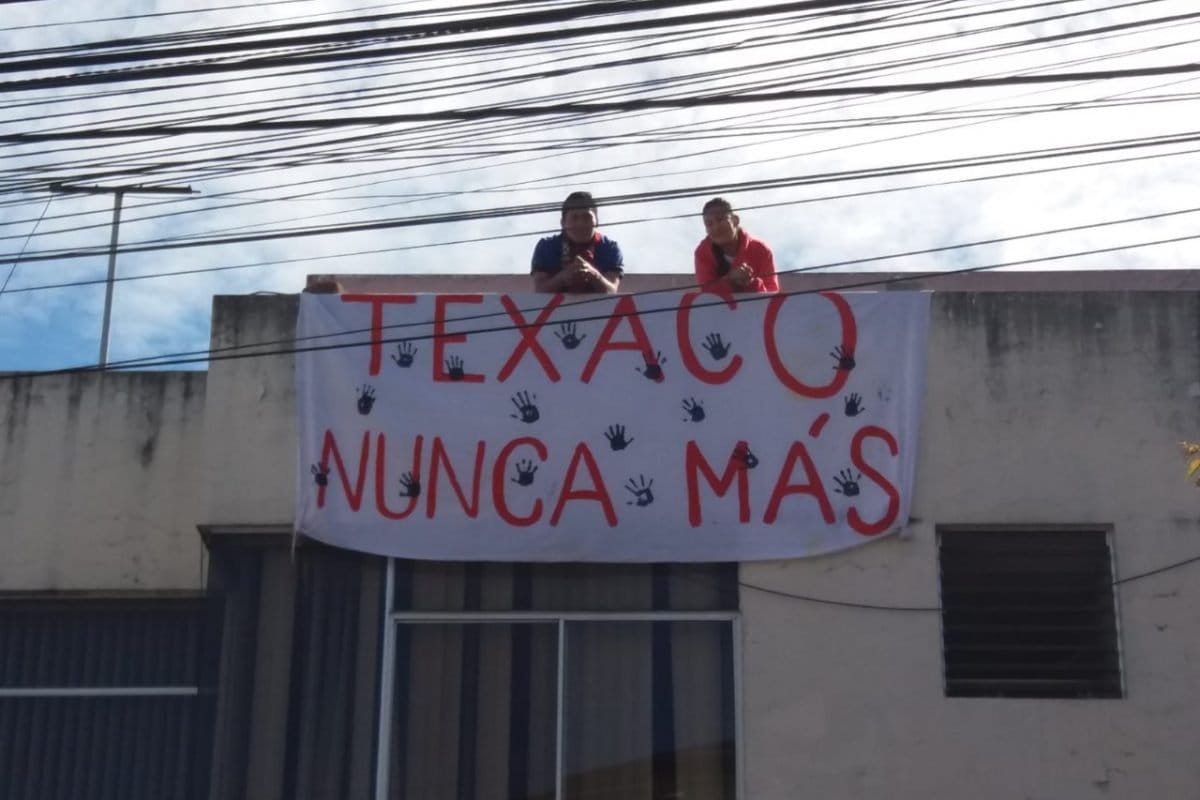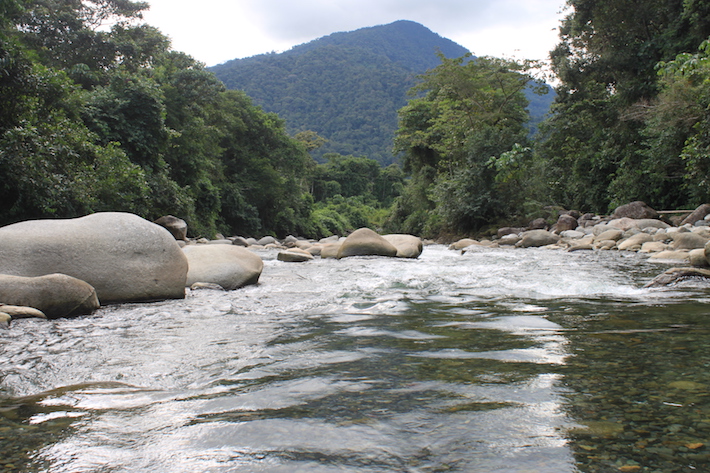Among the most read stories at our Spanish-language service, Mongabay-Latam, this past week were articles about the legal victory of communities in Ecuador’s Amazon against Chevron; the animals in a dry forest on a private protected area in Peru; discoveries by camera traps in a jaguar refuge in Bolivia; the threat of extinction to the primate recently found in Colombia, and the impressive wildlife images captured by readers.
Stay up to date with Mongabay-Latam by following them on Facebook and Twitter.
Ecuadoran court demands Chevron pay for pollution in the Amazon
Almost 25 years after 30,000 people sued Chevron for spilling 18 billion gallons of toxic water into the rivers and estuaries of two Amazonian provinces, the constitutional court of Ecuador ordered a $9.5 billion payment in damages. This ruling ends Chevron’s legal recourse in the case.

Videos reveal wildlife wonders of a dry forest in northern Peru
Camera traps showed birds and rabbits drinking from a water fountain, along with mountain cats and lowland pacas, in Milpuj La Heredad, a private protected area of dry forest in northern Peru. In this zone between 1800 to 2500 meters above sea level, the rainy season runs from October to March, with little precipitation and intense heat that dries up streams the rest of the year. Since animals often die crossing a nearby highway in search of water, a fountain and a salt lick were placed inside the protected area to reduce their risk.

Cattle ranchers go against the current and protect jaguars in Bolivia
Jaguars in eastern Bolivia have found a safe place far from the expansion of cattle ranching that corners them. Despite being a cattle ranch in one of the most deforested lowland regions of the eastern Andes, the owners San Miguelito Jaguar Conservation Ranch have decided to go against the current and protect the area’s biodiversity. Reports from 85 ranches in Santa Cruz province over four years in the last decade show a total of 347 jaguars killed due to cattle conflicts.

Once off-limits, mafias grab the habitat of Colombia’s Caquetá titi monkey
The habitat of the Caquetá titi monkey represents just 0.83% of the Amazon in Colombia, estimated at barely 4029 square km. Only 20%, or 893 square km, of its tiny distribution area is forest, and deforestation is quickly advancing. Almost half (45%) of the deforestation is due to land grabbing for pastures and coca cultivation.

Camanti gold mining threatens headwaters in southern Peru
The creation of the Camanti Protected Forests wasn’t enough to stop the devastation from mining and farming in Cusco’s rainforests. Those who know the region consider the forests to be a major water source that needs to be conserved. As of March, 439 mining concessions (some within the forest) amount to almost 1.5 million hectares. Of these, almost 185 have been given, and 225 are in process.

Facebook video shows orangutan defending forest against bulldozer
Dramatic footage released last month by an animal welfare group shows a wild orangutan trying in vain to fight off destruction of its rainforest habitat in Borneo.

Read about these stories in Spanish here.